CSA stands for community supported agriculture. The purpose of a CSA is to increase consumer knowledge and the interaction between farmers and consumers.
Table of Contents
What is Community Supported Agriculture?
In general, community supported agriculture is where consumers pay a set amount before the local growing season to receive weekly or bi-weekly allotments of an assortment of fresh, local produce without having to go buy it at the grocery store. This is the perfect opportunity for those who get excited about shopping locally and keeping money in their local economy. By purchasing the produce from a local farmer, the idea is that the produce is “fresher” since it is harvested and delivered each week. (I would have to disagree with this, especially based on where you live, and a lot of crops don’t last long and need to be shipped out very quickly.)
Different Types of Community Supported Agriculture
CSAs vary in the amount of consumer and farmer participation. Examples of the main types of CSAs are as follows:
- Subscription or Farmer-Driven CSA – This type of CSA is where the farmer has the majority of the control over the operation, including having hired employees to do the work. This type of CSA is common (especially with larger CSAs), and the majority of the consumer participation comes in the form of picking up their produce allotments from the local CSA location. However, some CSAs do deliver, so in this case, the consumer would be paying and receiving their share, and therefore, not having a lot of on-farm participation.
- Shareholder or Consumer-Driven CSA – This type of CSA involves a lot of participation by the consumers who become members of the CSA, as they could potentially be involved in everything from hiring the farmer to harvesting the crops to recruiting new shareholders. In this case, the consumer would play an active role in the on-farm activities.
- Farmer-Consumer Cooperative – This type of CSA is where both the farmer and the consumer own the land, and as a result, it requires a large amount of input and labor from both the consumer and the farmer.
- Farmer Cooperative – This type of CSA includes two or more farmers that would each provide a separate assortment of goods to the consumer in their share. This benefits the consumer by having more of a guaranteed share (e.g., if one farmer runs low, the other farmer can fill in) and also allows consumers to get more items in their share to potentially reduce the amount of trips to the grocery store (e.g., vegetables from one farmer and meat from another).
Potential Downsides of a CSA for the Consumer
The consumer does not get to choose what arrives in their CSA box. Instead, the farmer places the produce that they have available at that time into the CSA box and that is what the consumer gets. The consumer does not get the option of selecting the amount or type of produce included in each share. For some people, this can be a deal breaker because we have our minds set on what we want to eat versus what we can make with what we have available.
During the summer season, it is common for the farmer to offer a variety of 8-12 produce items each week. This amount either dwindles or is non-existent in the winter months, depending on where the CSA is located. By receiving their allotment, the consumer minimizes time spent at the grocery store picking up produce, but a CSA does not reduce the shopping trips completely. For example, if your CSA farmer is only providing vegetables in your allotment, you will still need to go to the grocery store to buy the rest of your supplies (e.g., meat, bread, fruit, etc.).
Also, by paying for the crop before the start of the season (for CSA’s that do that), the consumer assumes the risk of any issues with the crop that may or may not be refunded by the farmer.
Benefits for Farmers Participating in a CSA
- A CSA allows farmers to have a guaranteed buyer for their product before they even start to grow it. They do not need to worry about where their produce will be going since they already have subscribed customers. This upfront money helps farmers purchase necessary inputs prior to the growing season (e.g., seeds, transplants), and pay for labor without worry, as they are receiving working capital in advance.
- This is helpful for small, local farmers who do not have as many resources to prepare themselves to sell to larger buyers. In this way, they can sell to their local community without going through a third-party. Farmers can also have additional help and input from the consumers, depending on the type of CSA that they have.
Potential Downsides for Farmers Participating in a CSA
- Farmers have to market the CSA to the local community to get involvement, shareholders and subscribers (depending on the type of CSA). Marketing takes time, money and resources and if the farmers were selling their product to the grocery store or through a third-party, this step would not be necessary.
- Farmers need to factor in managing the CSA harvest and packing, and delivery time needed.
- Lack of consumer education. For example, if the farmer is growing a produce item that is not yet completely mainstream, they would have to either teach the consumer how to prepare it or if the consumer is not a fan, it would result in complaints for the farmer.
- If the farmer is participating in a CSA where the consumer is involved in any sort of labor on the farm, the farmer would be responsible for covering this liability on their insurance policy.
How to Find a CSA Near Me?
The following resources can help you find CSA options in your area:
What Happened When I Tried a CSA Box?
After visiting a farm located on the Central Coast that runs a large CSA program, they sent a CSA box to one of their pick up locations for me. So, I decided to take it as an opportunity to make an unbiased review of my experience.
I personally have never considered participating in a CSA for these reasons:
- There is only one CSA that is advertised locally in my area and even with all of the advertisement, I still do not know how it works.
- I really, truly love going to the grocery store to shop for my own produce! I do not know if it is because I have learned so much about produce or what, but it is one of my favorite things to do. I also feel like it keeps me sharp and up on what type of produce items are being sold at the grocery store. Because of that, I have also never tried any of the home delivery programs, such as Amazon Fresh.
- Most of the grocery stores in California make honest attempts to purchase from local suppliers. It is a win-win for everyone because it is less travel cost, and therefore, less cost for the grocery store and hopefully that trickles down to the consumer. This concept is not just at mom and pop grocery stores, but also at Safeway, Raley’s, Costco, etc.
Picking Up My CSA Box
By the time I arrived at 5:15pm, the pallet full of boxes now only contained a few boxes and had been moved inside (it was a little concerning not knowing what types of liquid chemicals were located next to the pallet of fresh produce boxes, as you can see in the picture below). All of the boxes were the same and since the concept is to pick a box, I just picked a random box on top without reviewing any of the contents. I did this because I wanted to be just like anyone else picking up a CSA box, but under normal purchasing conditions, I would never do that!
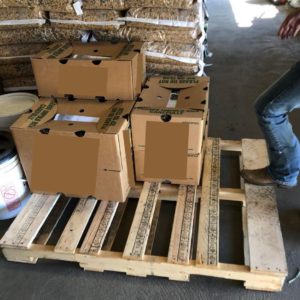
I should add another disclaimer that we were visiting the area, so I did not have a refrigerator in which to put the fresh produce. The box did stay in our car all night (where it got pretty cold) and then we headed home the next day and made meals out of it, so that none of the produce went bad. Just by sitting out all day waiting to be picked up, some of those produce items probably lost a few days of shelf-life and since I was aware of that, I needed to be as proactive as I could be.
Opening the CSA Box
Since I had visited the operation the day before, I was unsure of what would be packed into my CSA box that day (since they pack on the same day that they deliver). Upon receiving the box, I opened it up to check on both what was included, as well as the condition of the different produce items. Along with the fresh produce, comes a pamphlet to let you know what is included in your box, along with a recipe to go along with at least one of the produce items included.
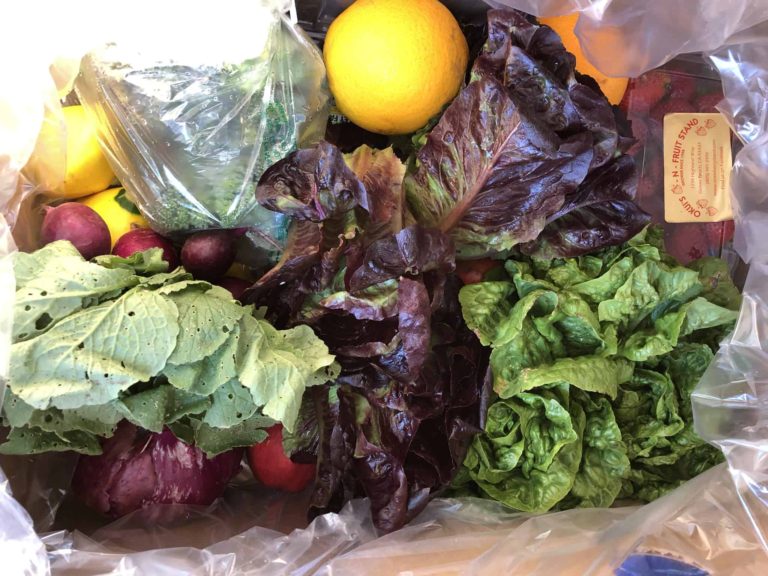
My box included:
- 6 heads of baby lettuce
- 4 white nectarines
- 1 onion
- 3 small heads of broccoli
- 2 oranges
- 3 golden beets
- 6 purple radishes
- 1 clamshell of strawberries
- 1 clamshell of blackberries
- 1 clamshell of blueberries
How I Used the Produce Included in My CSA Box
I took it upon myself to wash and eat and all of the blackberries and half of the strawberries upon receiving the box because those go bad very quickly and I could not stomach the thought! Plus, they looked so good!
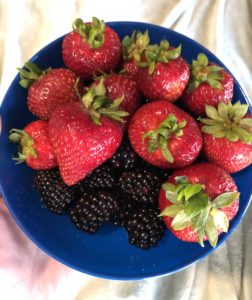
The rest of the produce items I saved for until we got home. Upon arriving, I washed and cooked what I could and then stored the rest of the items properly. (If you need help with how to store your produce items for maximum usage, check out my Grocery Guide!)
Some of those items included:
- Cut and roasted the broccoli and squash
- Used my vegetable brush to clean the golden beets and purple radishes (see my review of popular vegetable brushes HERE for what vegetable brush I prefer to use)
- Boiled the golden beets and pureed them with peas for my daughter
- Cut up the radishes to eat with salads and vegetable dinner mixes
- Washed the lettuce and placed it into airtight containers in the fridge
- Put the rest of the berries in the refrigerator to be used for fruit bowls and as oatmeal toppings throughout the week
- Placed the onion on the counter to be used later in the week
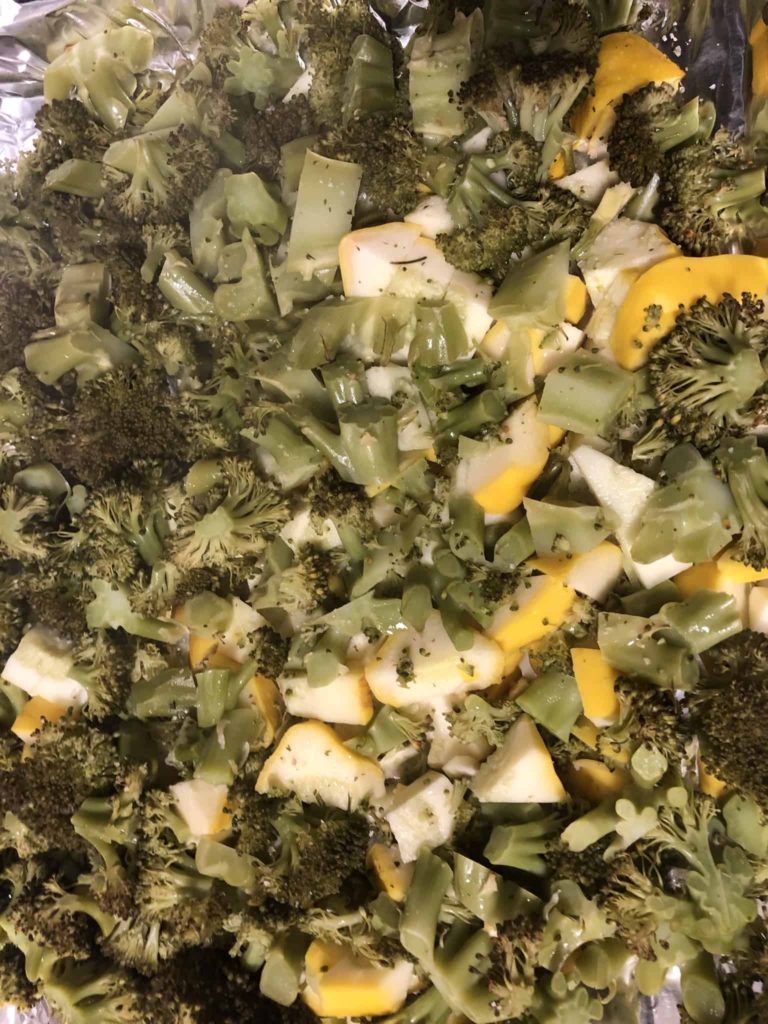
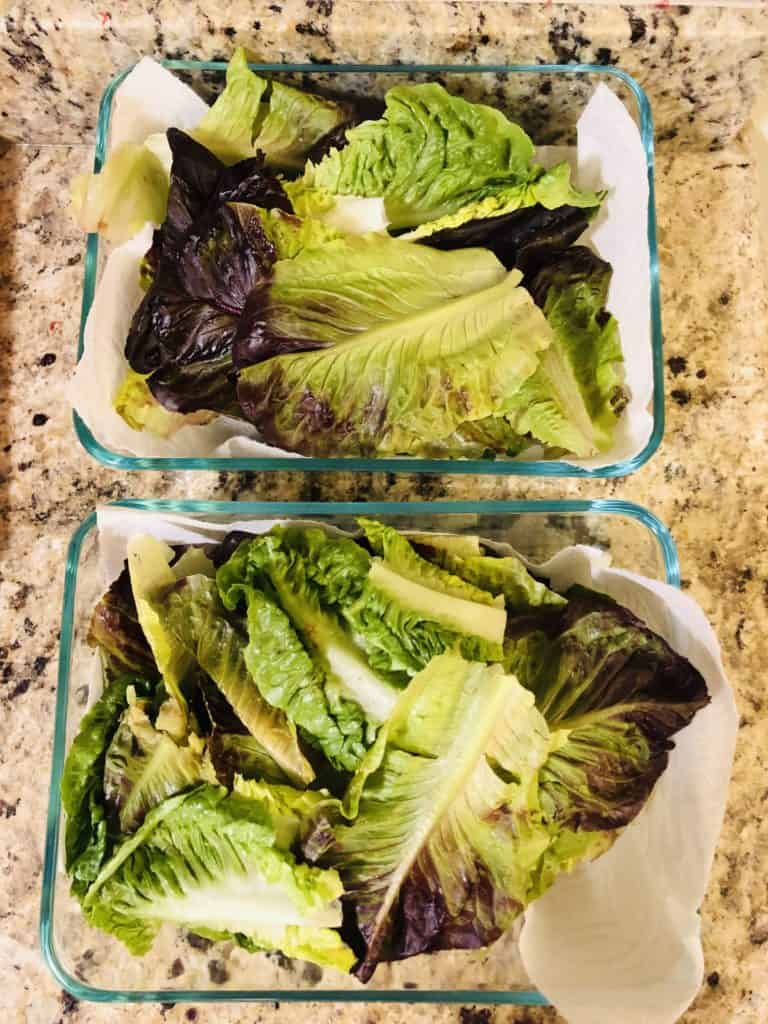
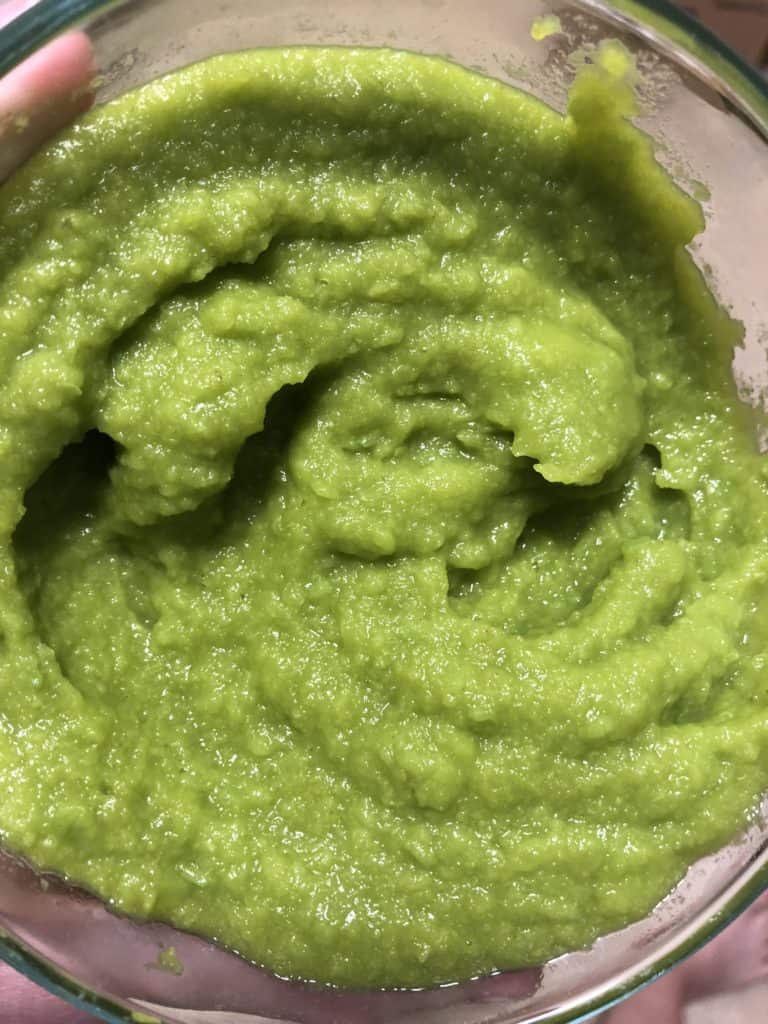
With all of that said, here are my pros and cons of the CSA box.
Pros of Purchasing a CSA Box
- Price Point – It is a pretty good deal to get all of that produce for only $28. For a small blackberry container alone, that can cost around $5 at the grocery store.
- Convenience – Since there are so many pick up locations in the area (75 total), you are bound to be able to find a convenient pick up location near you. Or, if you live out of the area, you can always get it shipped overnight to you and although you are paying a bit more, that is very convenient! My husband was waiting in the car for approximately two minutes for us to pick up an entire weeks’ worth of produce, which I am sure he preferred that over the 30 minutes we typically spend in the produce section of the grocery store each week! (And yes, he specifically told me to include that part!)
- Try New Things – The CSA box contained some produce items that I do not personally buy and experiment with on a regular basis, so it allowed me to get creative in the kitchen and to try new things.
- Support Local Businesses – By purchasing the CSA box directly from the grower, you are supporting local agriculture. I think there is a common misconception that all of the produce is sourced locally because it is not, but at the end of the day, since you are purchasing it directly from the grower, the money is going back into the local economy.
Cons of Purchasing a CSA Box
- Produce Selection – Although they allow for some personalization of boxes at certain locations, that is not available to all people and not all people eat the provided fruits and vegetables on a regular basis. I am pretty big on eating what my body says that it wants, so I like to buy what I want to eat. For example, some weeks, my body really wants leafy greens so I buy more those weeks than I do others. When you get a predetermined box, you are limited to eating what comes in your box.
- No Trips to the Grocery Store – I know a lot of people would like that they do not have to go to the grocery store to pick up produce, but I really love to do that and missed doing that this week! But, to be honest, I still went to pick up a few essentials, such as some bananas and more fruit to make it through the week. I imagine others would do the same, or at the very least, they would go to pick up some staples, such as bread, eggs and/or meat as well.
- Poor Storage Conditions – If you were the pick up the CSA boxes at the start of the pick up window, it should be fine. However, if you wait until the end of the day like I did, the fresh produce suffers. This was especially the case since it was the middle of summer and was extremely hot during the day. Especially when leafy greens and berries are included, those produce items should have the cold chain maintained to prevent any issues or pathogen growth from occurring.
- Quality Issues – I noticed some quality issues with the produce I received (this was reviewed upon receiving the box and not once I got home without proper cold storage), although all items were still edible. This included issues with the exterior of the onion and beets that were included, yellowing on the broccoli heads, and some pest issues on the leaves of the purple radishes (as you can see in the main picture above).
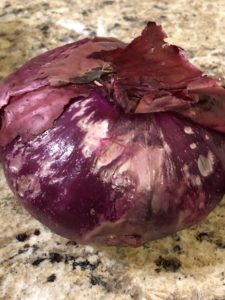
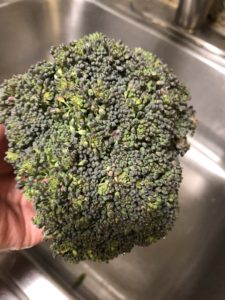
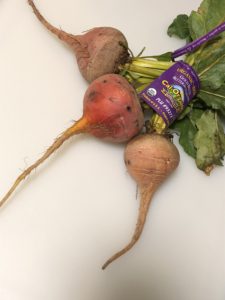
Overall, I had a better experience than I anticipated! The CSA box was a pretty good deal considering the price of that fresh produce if you were to buy it from the grocery store. I probably would not purchase one myself because I love to go to the grocery store so much and to pick out my own produce, but I imagine a lot of people would appreciate this service offering and the convenience.
Do you have any experience trying CSA boxes or have a preference for at-home delivery options? If so, please let me know in the comments section below!
If you enjoyed this post, you might also like:
- How to Wash Fruits & Vegetables
- How to Interpret Food Recall & Outbreak Notices
- How Produce Becomes Infected with Disease
Resources:
“Community Supported Agriculture.” United States Department of Agriculture. Feb 2017. Web. 15 March 2017.
Kelley, K.M., Kime, L.F., Harper, J.K. “Community Supported Agriculture (CSA).” PennState Extension. Web. 15 March 2017.

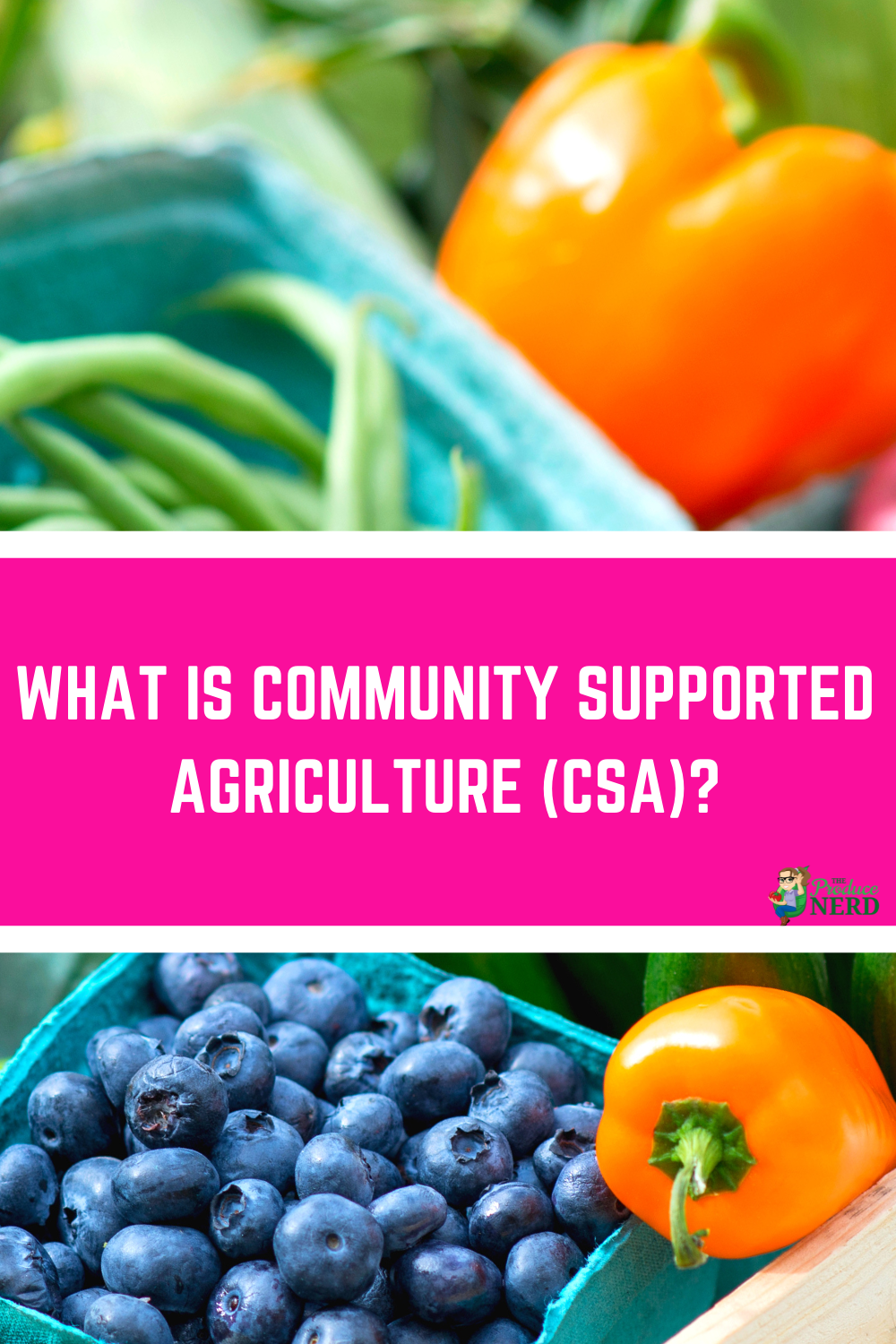
Hi Megan, nice comparison about going to the store, verses not going. We have a CSA in Austin TX, Johnson’s Backyard Garden or https://www.jbgorganic.com/thefarm. It’s become quite the thing and they sell only locally grown Certified Organic produce from their own farms. You can even volunteer at a farm and get paid in produce for your hard work, it’s kinda like a co-op in that way. They do deliver great products and you can see and know what you’re getting that week via the website. IMO it’s best for the produce if you get to the delivery truck ASAP parked within designated zones el pronto due to the Texas heat. You can also cancel your order for the week. I personally like visiting the fruit section of my grocer since I make wines from most anything. Johnsons has a pretty good thing going and they’ve grown dramatically over the last decade and since this local delivery thing is happening everywhere online…it’s the Amazon wave.
That sounds awesome!